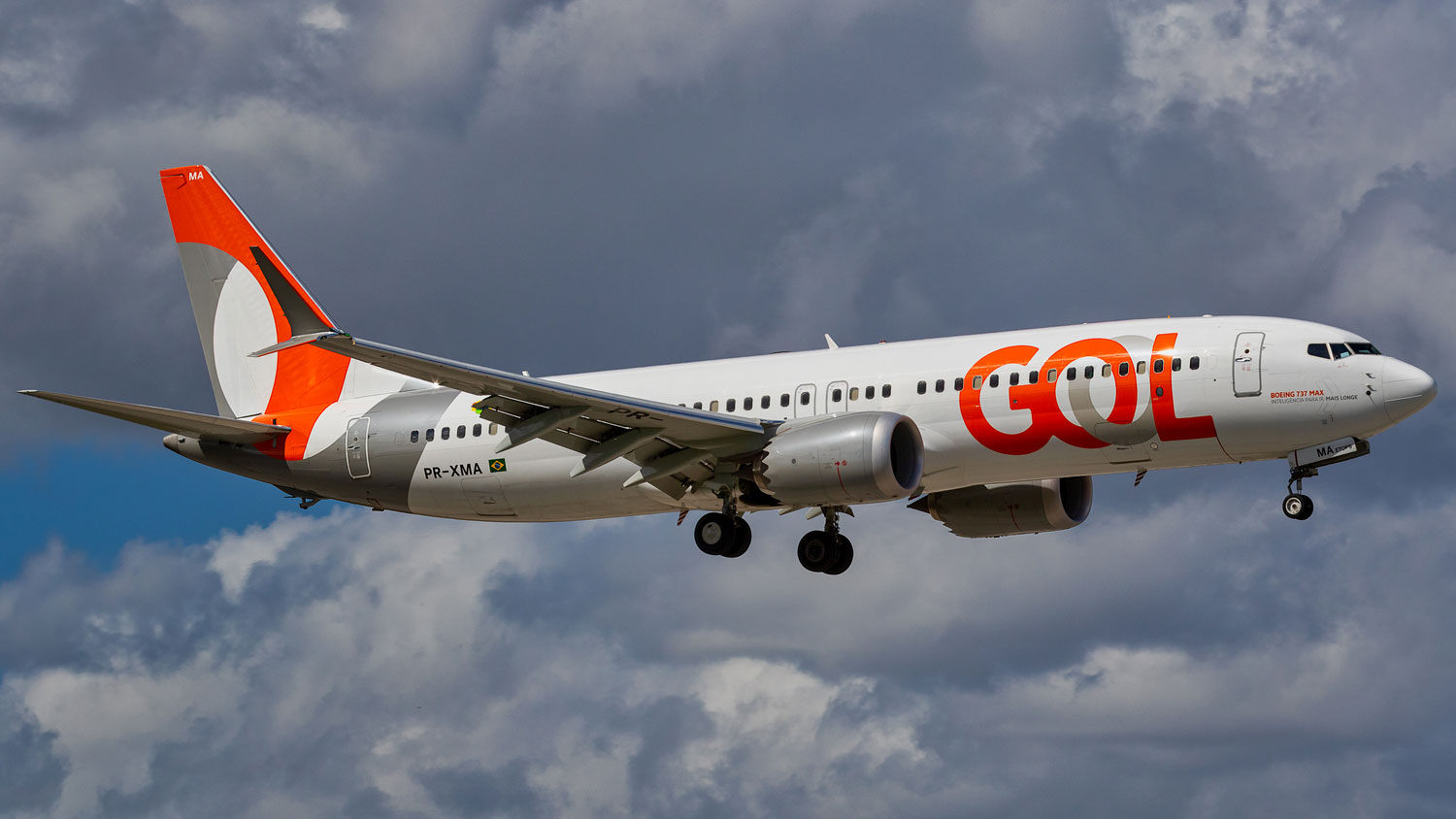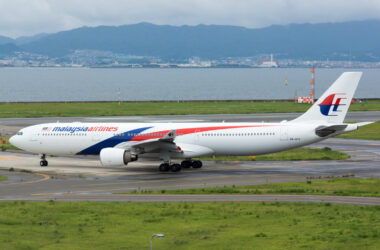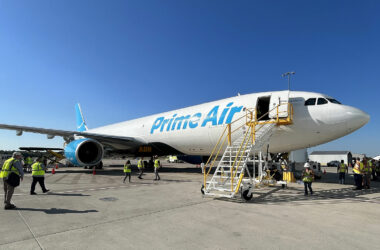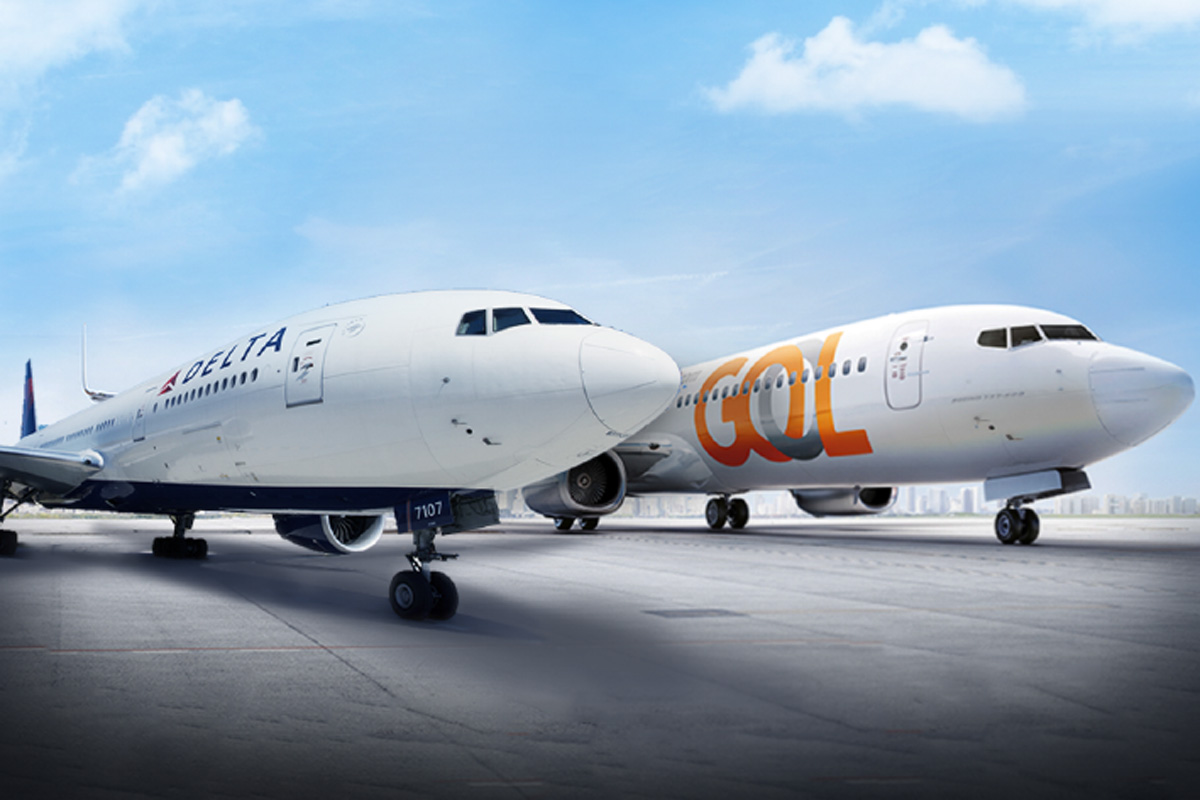Airbus already had more than 900 orders for the A220, its smallest commercial jet, which was a product originally developed by Canadian Bombardier. None of these planes, however, were ordered by customers in Latin America.
The lack of orders does not go unnoticed by the European plsnemaker, which remains hopeful of finding interested parties in the region, a consumer mainly of the A320 family.
During a recent visit to Brazil, Guillaume Faury, CEO of Airbus, told the Valor Econômico newspaper that the A220 could be a great aircraft for the country’s airlines.
Follow ADN: Instagram | Twitter | Facebook
“We want to bring the A220 to Brazil. We have a competitive advantage for this”, said the Frenchman without directly mentioning Embraer’s E2 jets, its competitors.
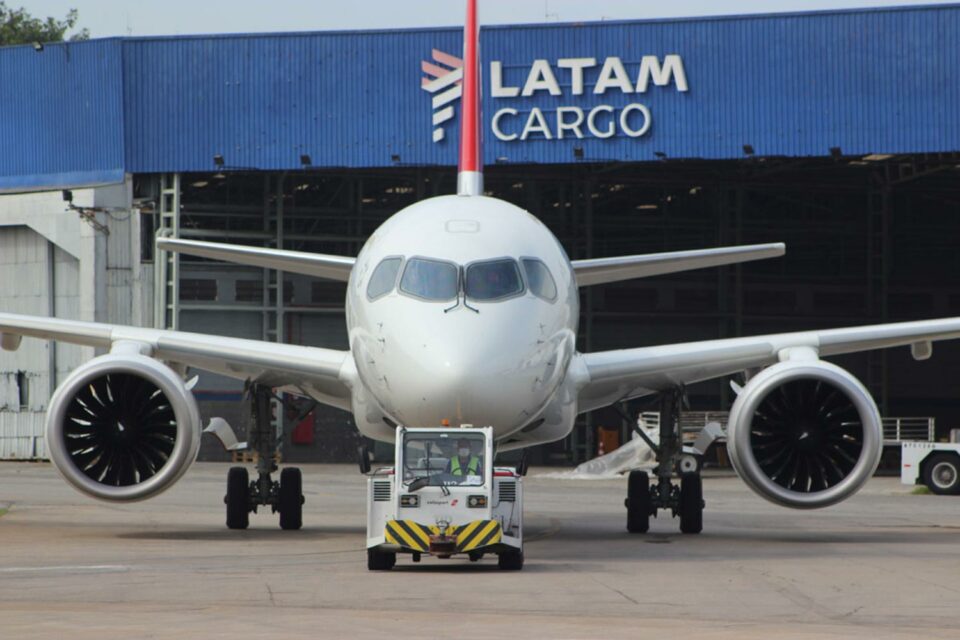
A220 would be an ideal replacement for LATAM’s old A319
Airbus currently has a 56% share of the Brazilian commercial aircraft market thanks to the large LATAM and Azul fleets – Gol has an all-Boeing 737 fleet.
The carrier founded by David Neeleman, however, has already chosen the E195-E2 as its aircraft below the A320neo. Configured with 136 seats, these jets already have 20 aircraft in the fleet, but Azul has more than 50 orders from Embraer.
Therefore, LATAM would be left, an airline that could replace its old A319s, of which it has 19 aircraft in service in the Brazilian division.
Apparently, airlines were not excited about the A220 when Airbus introduced it in 2022. A Swiss A220-300 was passing through São Paulo on its way to the FIDAE Air show in Santiago de Chile.
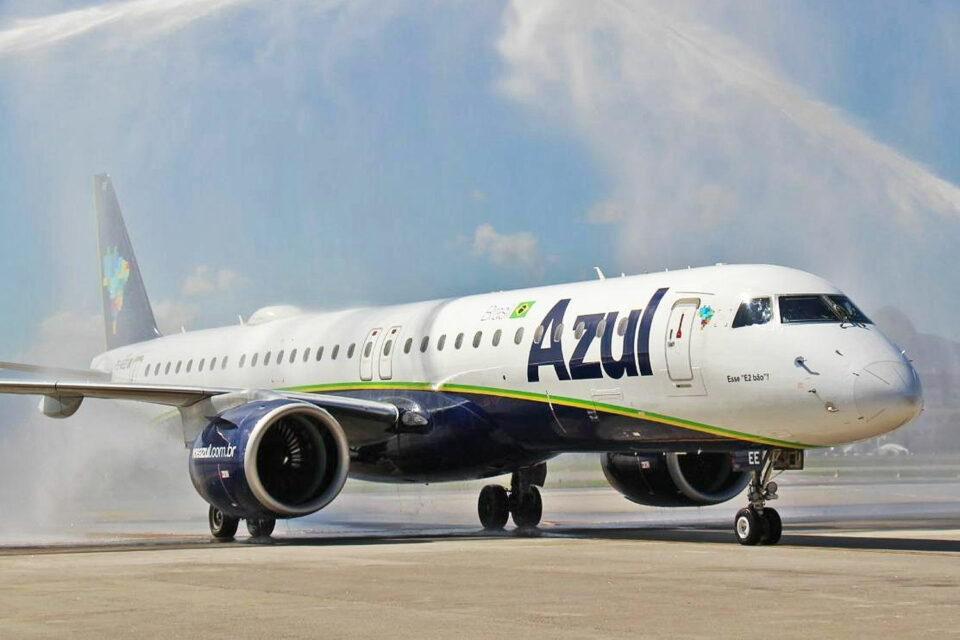
Latin America has preferred the A320 and the 737
The absence of orders in Brazil does not mean that the A220 is an aircraft that falls short of needs. It is enough to note that even Embraer cannot obtain new orders for E2s other than Azul.
Businesswoman Leila Pereira, president of the Palmeiras football team, is an exception as she purchased a second-hand E190-E2 for her company, Placar Linhas Aéreas, which transports the team to tournaments on the continent.
Although it has a huge range and good passenger capacity, in addition to operating costs that are 25% lower than previous generation aircraft, the A220 operates in a market segment that is not very popular in Latin America, which is more interested in larger jets such as the A320neo and the 737 MAX.
In this regard, Airbus has nothing to complain about, unlike Embraer.


